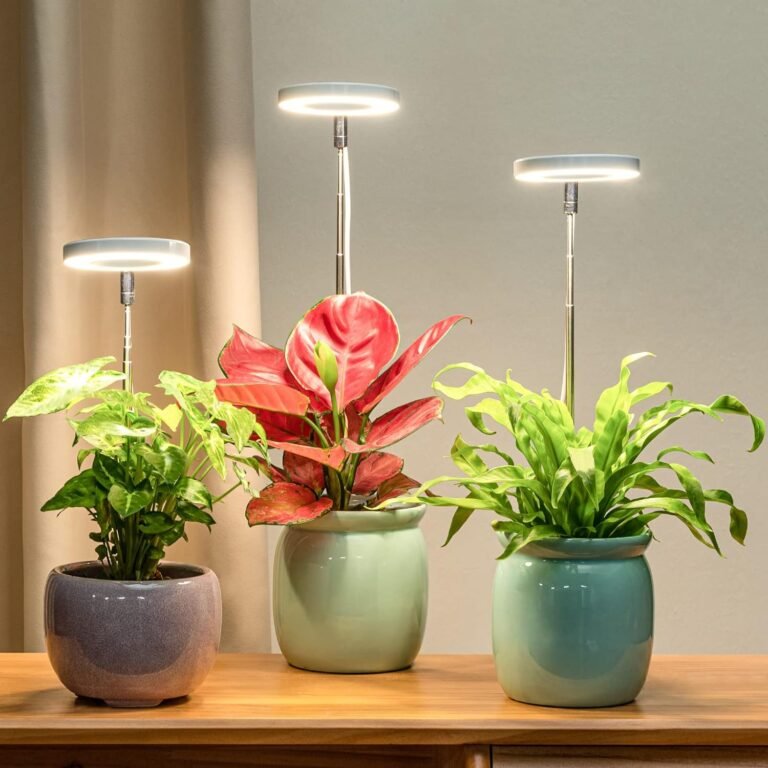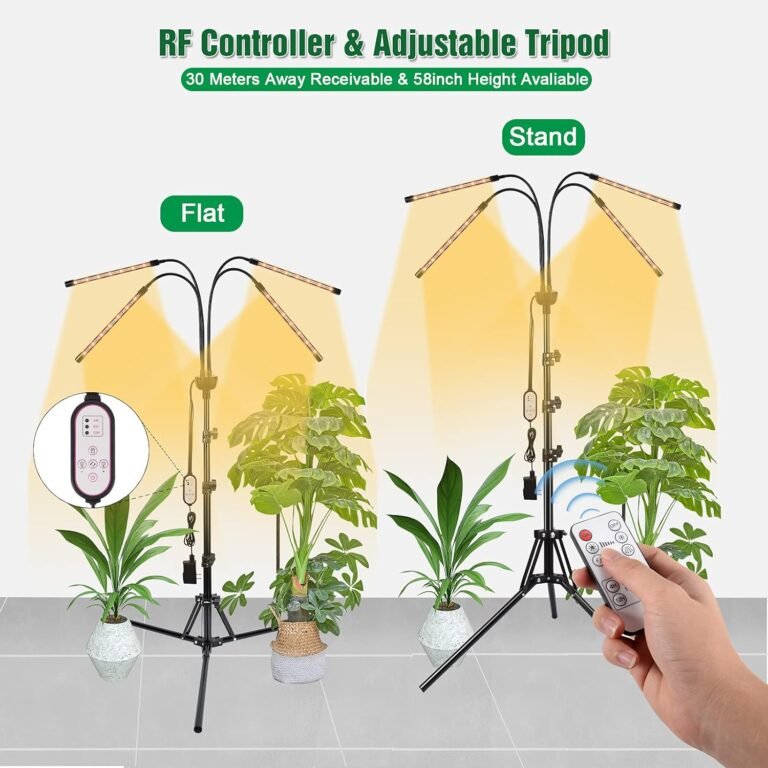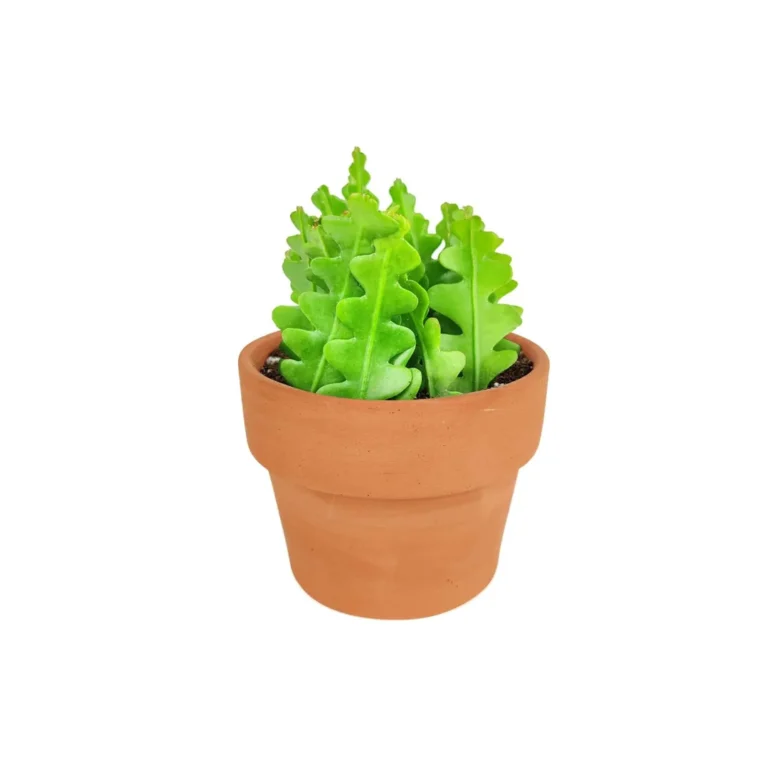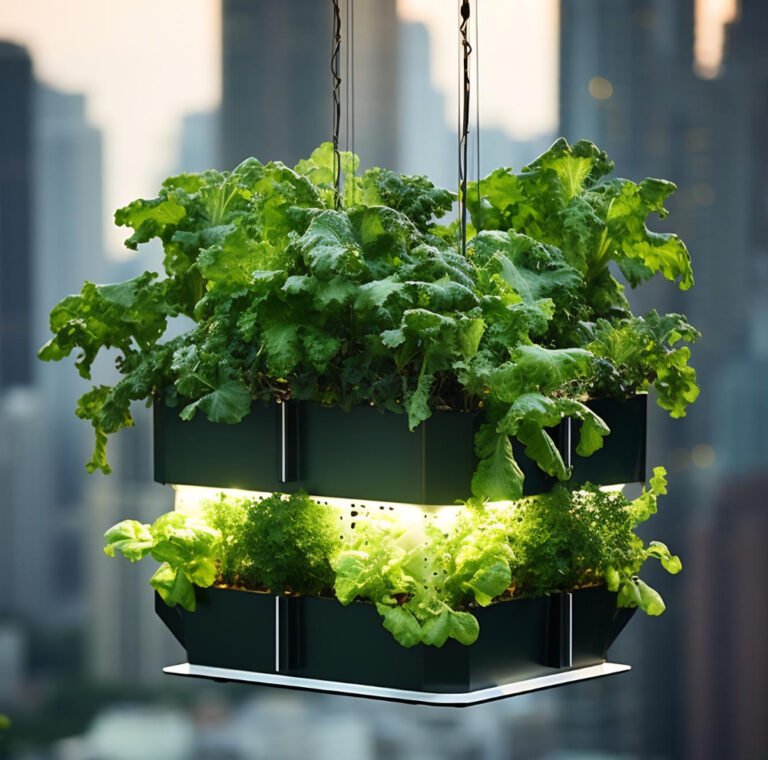Are you constantly wondering, “How much sunlight do indoor plants need?” If so, you’re not alone. Many indoor gardeners grapple with this question, trying to strike a balance between too how much light, and too little light for their green companions.
Indoor plants typically need a minimum of 6 to 8 hours of light per day, but the exact amount supplemental light can vary depending on the plant species and its specific needs.
In this article, we’ll delve into the world of indoor plant lighting, exploring how different light intensities and sources can impact your plants’ health and growth. We’ll also provide practical tips on how to measure your light output and adjust it to your plants’ needs.
A Detailed Explanation of Indoor Plant Lighting

Understanding Light Intensity
Light intensity refers to the amount of light that a plant receives. It’s a crucial factor in photosynthesis, the process through which plants convert light energy into chemical energy for growth. Indoor plants can be categorized into three groups based on their light needs: low light plants, medium light plants, and high light plants.
Low light plants, like the snake plant and cast iron plant, can thrive in less illuminated areas, making them perfect for rooms with north facing windows or corners away from windows. Medium light plants, such as the spider plant and rubber plant, prefer medium light conditions, which can be achieved in east facing windows or a little further from west facing window or south facing windows. High light plants, like the jade plant and other succulents, need intense light, often thriving in south facing windows where they can receive direct sunlight.
The Role of Direct and Indirect Light
Direct light refers to sunlight that hits the plant without any obstruction, while indirect light is sunlight that has been diffused or reflected before reaching the plant. Most indoor plants prefer indirect or filtered light, as direct sunlight can be too intense, leading to leaf burn.
However, some plants love direct sunlight and can tolerate the bright light, especially if they are mature plants or species that naturally grow in sunny, open environments. It’s essential to research your specific plant’s light requirements to ensure it gets the right amount of direct or indirect light.
Artificial Light for Indoor Plants
Artificial light can supplement or even replace natural light for indoor plants. Fluorescent lights, especially those that emit a broad spectrum of light, are commonly used for indoor gardening. They can provide the blue and red light wavelengths that are crucial for healthy plant growth.
LED lights are another excellent option, as they are energy-efficient and emit less heat. They can be customized to emit specific light spectrum, making them ideal for different growth stages or specific plant types.
Here’s everything else you need to know about indoor plant lighting and how to ensure your plants get enough light for healthy growth.
How to Measure Light for Indoor Plants
Knowing how to measure light can be a game-changer for your indoor gardening. It can help you understand if your plants are getting enough light or if you need to make adjustments.
Understanding Light Levels
Light levels for most plants can be measured in foot-candles or lux. One foot-candle is the amount of light received one foot away from a single candle. Most indoor plants thrive in 75-200 foot-candles. However, high light plants may require up to 1000 foot-candles.
Lux is another unit of measurement for light intensity. One lux equals approximately 0.0929 foot-candles. There are light meters available that can measure in either of these units, helping you ensure your plants are getting the right light intensity.
Using a Light Meter

A light meter is a device that measures the amount of light. To use it, you simply place it where your indoor plant light is located and read the measurement. It’s a handy tool that can take the guesswork out of determining whether your plants are getting as much light as they need.
Observing Your Plants
While using a light meter can be helpful, observing your plants is equally important. Signs of too much light can include yellowing leaves, brown patches, or a look of being “washed out.” On the other hand, if your plants are not getting enough light, they may have small leaves, weak or leggy growth, or they may grow towards the light source.
Positioning Your Plants for Optimal Light
Where you place your plants in your home can significantly impact the amount of light they receive. Here are some tips to help you position your plants for optimal light exposure.
Understanding Window Directions
The direction your window faces can affect the intensity and duration of light your plants receive. South facing windows typically get the most light, while north facing windows get the least of filtered sunlight. East facing windows provide gentle morning light, and west facing windows offer more intense afternoon light.
Using Grow Lights
If your home doesn’t receive a lot of natural sunlight, or if you want to grow plants that require more light, you can use artificial lights. Position the lights so that they cover all the plants evenly, and set a light timer to ensure they get the right amount of light each day.
Adjusting Position According to Seasons
The angle of the sun changes with the seasons, which can affect the amount of light your indoor plants receive. You may need to move your plants around at different times of the year to ensure they get adequate light.
Choosing the Right Plants for Your Light Conditions
Not all plants have the same light requirements. Some plants need more light, while others can do with less light. Understanding your home’s light conditions can help you choose the right plants.
High Light Plants
High light plants are those that need several hours of direct sunlight each day. They are often plants that naturally grow in sunny, open environments. Examples of high light plants include the jade plant, which loves direct sunlight, and the flowering plants that need high light intensity to bloom. These plants are best placed in south facing windows where they can get the most light.
Medium Light Plants
Medium light plants need bright, indirect light. They don’t require direct sunlight but do need a well-lit room. Spider plants and rubber plants are examples of medium light plants. They can thrive in east facing windows or a little further from west facing window or south facing windows.
Low Light Plants
Low light plants can survive in less illuminated areas. They are perfect for rooms with north facing windows or corners away from windows. Snake plants and cast iron plants are examples of low light plants. They can tolerate lower light levels, but that doesn’t mean they don’t need light at all. They still need some light, just not as much as high or medium light plants.
Final Thoughts
Understanding how much sunlight your indoor plants need can make a significant difference in their health and growth. From measuring light intensity to choosing the right plants for your light conditions, there are several factors to consider. Remember, too much light can be just as harmful as too little light. It’s all about finding the right balance.
Don’t be discouraged if you don’t get it right the first time. Indoor gardening is a journey, and every step brings you closer to creating a thriving indoor garden. Keep observing your plants, adjusting as necessary, and don’t be afraid to experiment with different light conditions. With time, you’ll develop a keen eye for what your plants need.
Frequently Asked Questions
Q: Can indoor plants get too much light?
A: Yes, indoor plants can get too much light. Signs of too much light can include yellowing leaves, brown patches, or a look of being “washed out.”
Q: Can artificial light replace natural light for indoor plants?
A: Yes, artificial light can supplement or even replace natural light for indoor plants. Fluorescent lights and LED lights are commonly used as artificial lighting for indoor gardening.
Q: What are some low light indoor plants?
A: Snake plants and cast iron plants are examples of low light indoor plants. They can tolerate lower light levels and can thrive in less illuminated areas.
Q: How can I measure the light intensity for my indoor plants?
A: You can measure light intensity using a light meter, or by observing your plants. Signs of too much light or too little blue light, can indicate whether your plants are getting the right light intensity.
Q: Do all indoor plants need direct or indirect sunlight now?
A: No, not all indoor plants need direct sunlight. In fact, most indoor plants prefer indirect light as direct sunlight can be too intense and lead to leaf burn.







